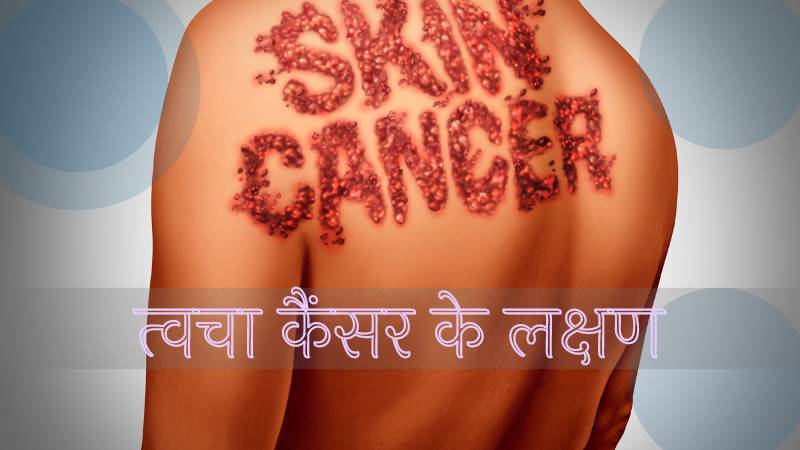Depression | Causes | Symptoms | Treatment | Risk Factors | Natural Remedies | Conclusion |
Overview
Depression is more than just experiencing a bout of sadness or feeling a little blue.
It’s a serious mental health condition that can significantly impact a person’s life, altering their thought processes, emotions, and overall wellbeing.
This article aims to shed light on the complex nature of depression, highlighting its causes, symptoms, and treatment methods.
What is Depression?
Depression, also known as major depressive disorder, is a common and serious medical illness that negatively affects how a person feels, thinks, and acts.
It’s characterized by persistent feelings of
- sadness
- hopelessness
- a lack of interest or pleasure in activities once enjoyed
Depression can lead to a range of physical and behavioral symptoms, affecting a person’s ability to function at work or school and handle daily activities.
Depression manifests differently in different people. Its effects can disrupt your daily activities, leading to missed work days and diminished productivity.
Moreover, it can strain relationships and exacerbate certain chronic health conditions.
Conditions that may deteriorate due to the presence of depression include:
It’s important to understand that depression’s impact extends beyond mood and mental health. It can also have serious implications for physical health, particularly when a person is dealing with chronic illnesses.
Causes of Depression

Depression is a multifactorial condition with no single clear cause. It’s believed to be a complex interplay of genetic, biological, environmental, and psychological factors.
Depression can be caused by a myriad of factors, ranging from biological circumstances to environmental conditions.
Predominant causes encompass:
- Neurochemical Imbalance: Individuals with depression may experience a disparity in the neural chemicals that regulate mood, cognition, sleep, appetite, and behaviour.
- Hormonal Fluctuations: Alterations in female hormones such as estrogen and progesterone during various phases like the menstrual cycle, postpartum period, perimenopause, or menopause could heighten the likelihood of depression.
- Genetic Factors: If your family has a history of depression or other mood disorders, your risk for developing depression increases.
- Traumatic Events in Early Childhood: Certain occurrences can alter the way your body responds to fear and stress, potentially contributing to the development of depression.
- Brain Structure Variations: If your brain’s frontal lobe – a region crucial for mood regulation – is less active, you face a higher risk of depression. Yet, it remains uncertain whether this reduced activity is a cause or a result of depression.
- Chronic Medical Conditions: Some health conditions, including chronic illnesses, insomnia, chronic pain, Parkinson’s disease, stroke, heart attack, and cancer, can heighten your risk for depression.
- Substance Abuse: A history of substance or alcohol misuse can increase your likelihood of developing depression.
- Persistent Pain: Individuals who experience prolonged emotional or physical pain are significantly more likely to develop depression.
Symptoms of Depression

Symptoms vary from person to person and may range from mild to severe. They include:
- Persistent feelings of sadness, tearfulness, emptiness or hopelessness
- Loss of interest or pleasure in activities once enjoyed
- Changes in appetite — often reduced appetite and weight loss, but increased cravings for food and weight gain in some people
- Trouble sleeping or sleeping too much
- Lack of energy or increased fatigue
- Feelings of worthlessness or guilt, fixating on past failures or self-blame
- Difficulty thinking, concentrating, making decisions and remembering things
- Frequent or recurrent thoughts of death, suicidal thoughts, suicide attempts or suicide.
Treating Depression

While depression can be a debilitating condition, it’s also treatable. Treatments typically involve a combination of psychotherapy (talking therapy), medication, and lifestyle changes.
- Psychotherapy: Cognitive-behavioral therapy (CBT), interpersonal therapy (IPT), and problem-solving therapy are effective treatments for depression. They help patients understand their illness, recognize and change unhealthy behaviors or thoughts, explore relationships and experiences, and develop effective coping strategies.
- Medications: Antidepressants work by balancing chemicals in the brain that affect mood and emotions. These medications can take a few weeks to show their full effects.
- Lifestyle changes: Regular physical activity and avoiding alcohol and drugs can help manage symptoms of depression. A healthy diet, regular sleep, and staying socially active can also contribute to improved mood and energy levels.
- Advanced treatments: In severe cases, electroconvulsive therapy (ECT) or repetitive transcranial magnetic stimulation (rTMS) may be used.
If you or someone you know is struggling with depression, it’s important to seek professional help.
Depression is not a sign of weakness or a character flaw — it’s a real medical condition with effective treatments. Remember, reaching out for help is the first step towards recovery.
Risk Factors
Risk factors contributing to depression can be biological, genetic, socio-economic, medical, or circumstantial.
Here are some of the typical risk factors:
- Gender: Major depression is reported to be approximately twice as common in females as compared to males.
- Hereditary Factors: If your family has a history of depression, your risk of experiencing it increases.
- Socio-economic Factors: Aspects such as financial hardships or perceived lower social standing can escalate your risk of suffering from depression.
- Certain Medications: Some specific medications, including certain hormonal contraceptives, corticosteroids, and beta-blockers, have been linked to an increased risk of depression.
- Deficiency of Vitamin D: Research has found a correlation between symptoms of depression and low levels of Vitamin D.
- Gender Identity: According to a 2018 study, transgender individuals face a risk of depression that is nearly four times that of cisgender individuals.
- Substance Abuse: Approximately 21 percent of individuals with a substance use disorder also experience depression.
- Chronic Medical Conditions: Depression is often linked with other chronic health conditions. For instance, individuals with heart disease are about twice as likely to suffer from depression, and up to 25 percent of individuals with cancer may experience depression as well.
Natural Remedies and Lifestyle Suggestions

- Physical Activity
Aim to engage in physical activity for 30 minutes, 3 to 5 days a week. Exercise promotes the production of endorphins, hormones that enhance mood.
- Abstain from Alcohol and Substance Abuse
While alcohol or substances might offer temporary relief, they can exacerbate symptoms of depression and anxiety over time.
- Set Boundaries
Overwhelming situations can heighten symptoms of depression and anxiety. Establishing limits in both professional and personal spheres can help improve your overall wellbeing.
- Self-care
Prioritizing self-care can alleviate depression symptoms. This involves getting adequate sleep, maintaining a healthy diet, avoiding negative influences, and participating in activities that bring joy.
If depression doesn’t respond to medication, your healthcare provider might recommend alternative treatments like electroconvulsive therapy (ECT) or repetitive transcranial magnetic stimulation (rTMS) to alleviate depression and uplift your mood.
- Dietary Supplements
Certain supplements might alleviate symptoms of depression, including:
- S-adenosyl-L-methionine (SAMe): Some research suggests that this compound can ease depression symptoms, particularly when combined with SSRIs, but more study is required.
- 5-hydroxytryptophan (5-HTP): This compound, produced from the protein building block tryptophan, may boost serotonin levels in the brain, potentially easing depression symptoms. However, additional research is necessary.
- Omega-3 fatty acids: These essential fats contribute to neurological development and brain health. Incorporating omega-3 supplements in your diet might reduce depression symptoms, though the evidence is mixed and further research is needed.
Before taking any supplements, consult your doctor, as they could interact negatively with other medications.
- Vitamins
Specific vitamins, essential for various bodily functions, are known to help alleviate depression symptoms:
- Vitamin B: B-12 and B-6 are crucial for brain health. Low levels of these vitamins could increase your risk of depression.
- Vitamin D: Often referred to as the ‘sunshine vitamin,’ vitamin D is critical for brain, heart, and bone health. There might be a connection between vitamin D deficiency and depression, but additional research is needed.
While numerous herbs, supplements, and vitamins claim to help ease depression symptoms, many lack strong evidence from clinical research.
Consult your healthcare professional to determine the most appropriate options for you.
In a Nutshell
Depression can be a temporary or a long-term struggle. While treatment may not always eliminate depression entirely, it typically helps make symptoms more manageable.
Successful management of depression usually entails identifying the optimal blend of medications and therapeutic strategies.
If a particular treatment proves ineffective, it’s crucial to discuss this with your healthcare professional.
They can assist in devising an alternate treatment strategy that could be more successful in managing your symptoms.
Remember, finding the right treatment for depression often involves trial and error, but with persistence, most people can find significant relief.
Take Care of Yourself!
Also Read






